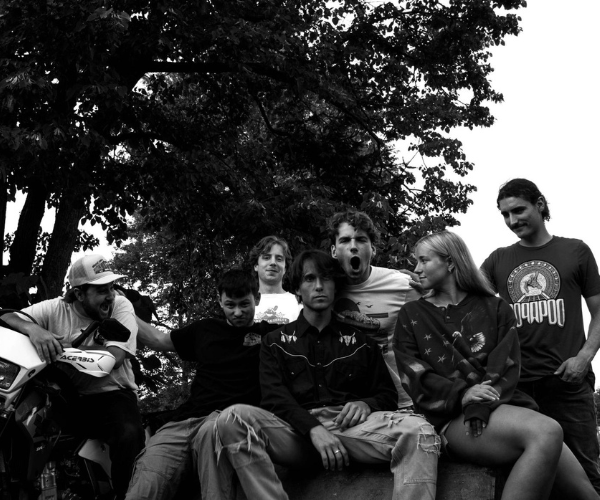For many of us, visiting an art exhibit is the ultimate exercise in creativity, especially when it comes to thinking up clever quips to describe the showcased works. But, says Jeanne Grossetti, not all art is meant to elicit a response. Buddhist art in particular, she notes, is often designed to be "a meditative practice," to leave you speechless.
Grossetti, a Cleveland State University graduate, is co-curator of Rhe Buddha Project: Visual Manifestations of Buddhist Thought in the Western World, contemporary works exploring such Buddhist themes as inner peace and connectedness. Sponsored by the CSU Art Gallery and Center for Sacred Landmarks, the exhibit features paintings, photographs, sculptures, installations, films and videos by more than Ω0 artists at five venues throughout Greater Cleveland: the CSU Art Gallery, Arts Collinwood, Gallery at Colonial Marketplace ARTcade, Thrive: An Artspace at The Galleria and the West Shore Unitarian Universalist Church in Rocky River. Contributors to•the exhibit, which runs through June 26, range from practicing Buddhists to those whose work simply reflects the meditative art form.
"We have sought to explore the range of engagement that contemporary Western artists are having with Buddhist ideas and imagery," says Grossetti, who proposed The Buddha Project in 2001. Raised in Hawaii and California, she's long been fascinated by what happens when Eastern and Western cultures converge.
"When you go to the grocery store or watch ads on TV, ideas on 4uddhism and Eastern religion are selling products," she observes, citing Ohm of Olay beauty products and Tazo tea as examples of how the religion has permeated American culture. "Wherever Buddhism goes in the world, the images of Buddha adapt."
Many of the works spotlighted in The Buddha ProjectØtake a less-is-more approach, as evidenced in Boulder, Colo., artist Joan Anderson's "Winter Palace." The acrylic-on-paper creation uses a simple palette of black, white and sepia tones to evoke a sense of comfort.
ürossetti says that "The Naropa Buddha," by Anderson and her husband, Robert Spellman, reflects the Buddhist belief in the interconnectedness of all people. "Each part is connected, but each part is unique," she explains. The work comprises 16 panels, Wach divided into four quadrants, to create the image of Siddhartha Gautama, or Buddha.
üince World War II, Western countries have been increasingly exposed to the concept of Zen (enlightenment through meditation) and other Buddhist traditions. In the 1940s and '50s, American artist Jackson Pollock popularized these principles with his subconscious "action paintings." These days, Grossetti notes, everyone from Tina Turner to Lisa Simpson is endorsing Buddhist practices, leading more Americans to embrace the religion and its minimalist approach to aesthetics. Grossetti says she hopes that The Buddha Project will leave even non-Buddhists with an appreciation for the pieces as works of art and an understanding of how diverse the Buddhist experience is.



